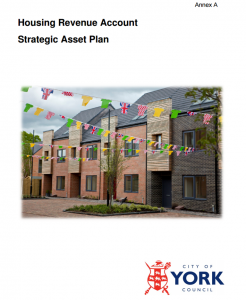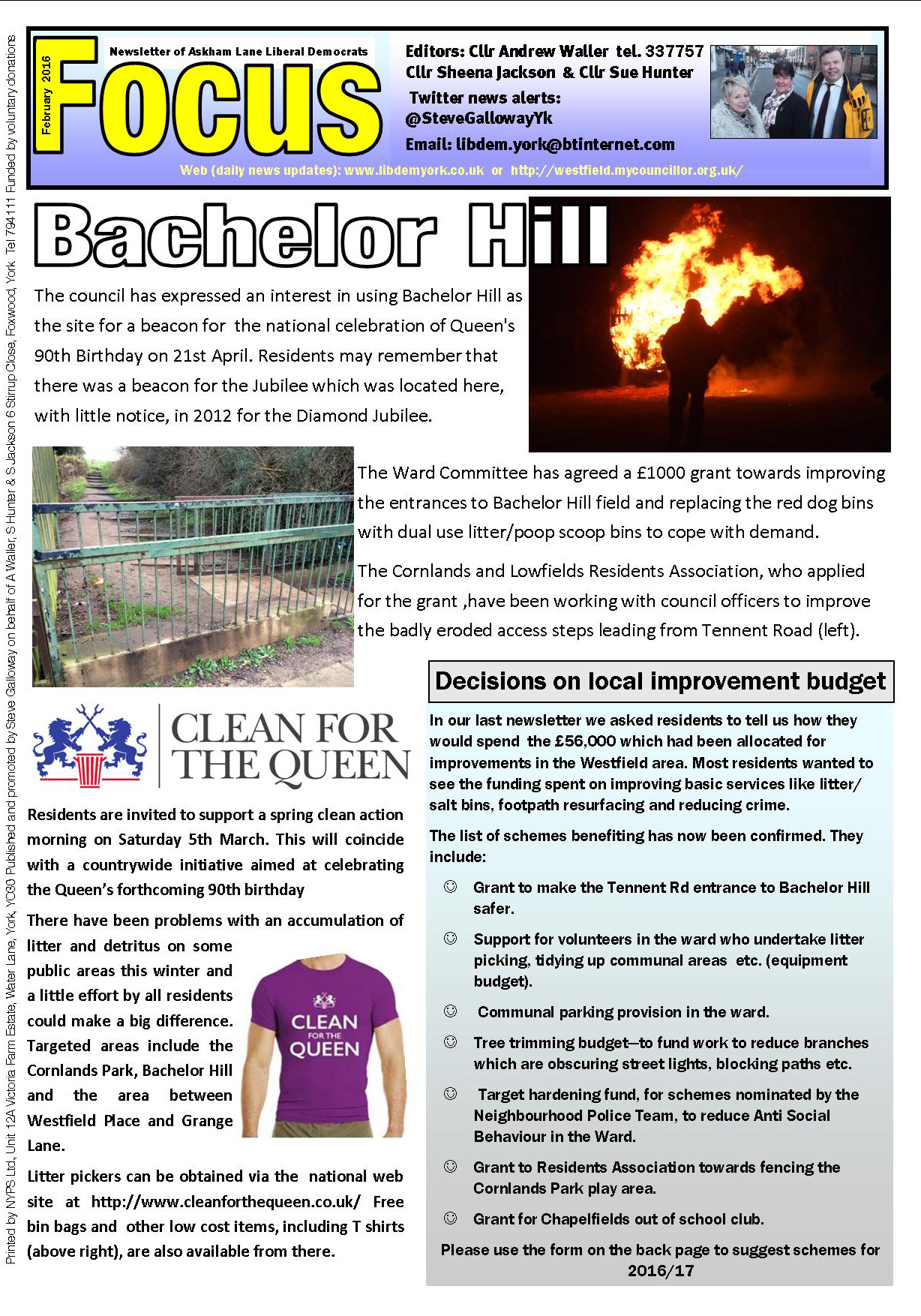
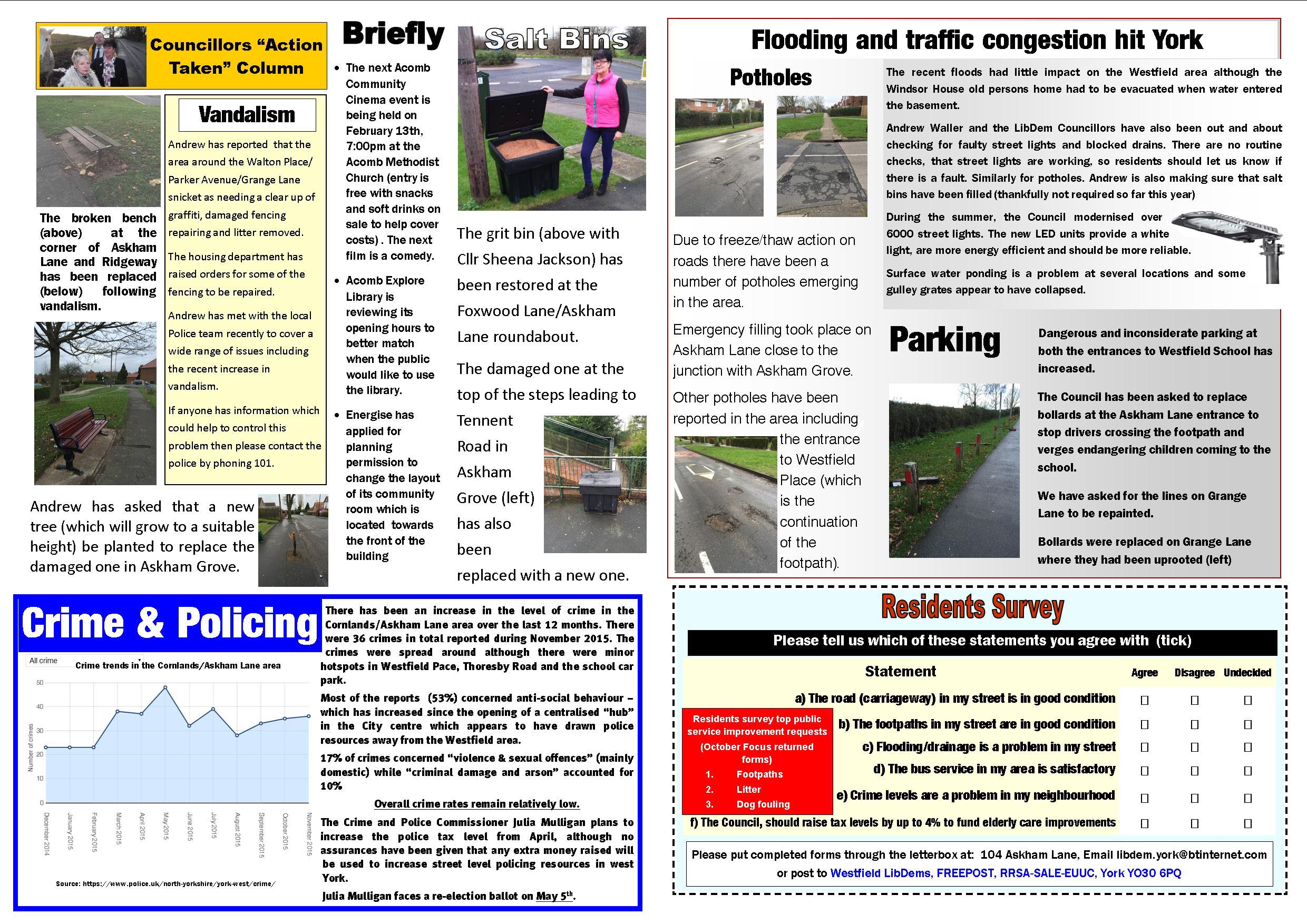
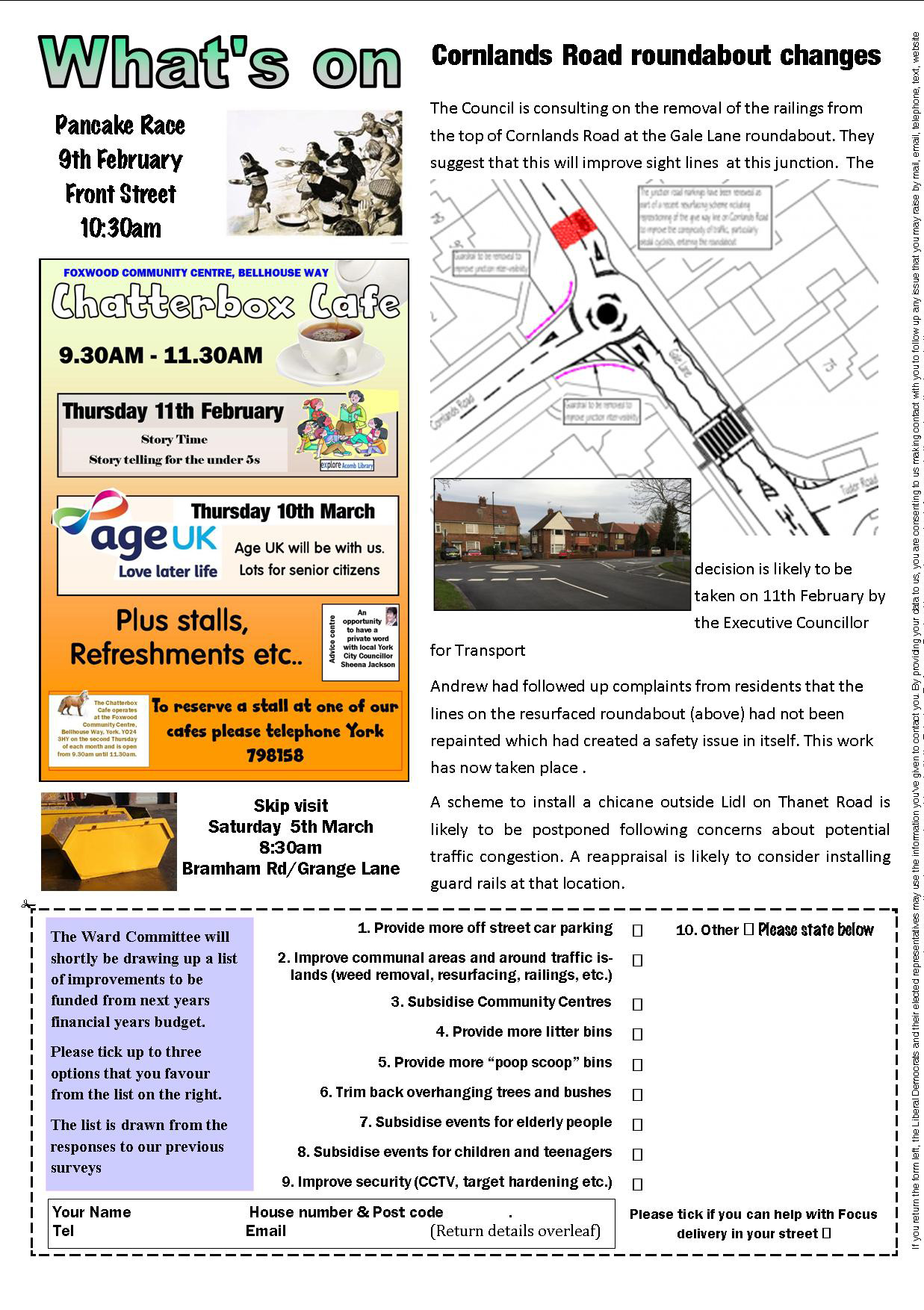
Future of York Council housing to be decided on Thursday
“This is likely to require the demolition of the poorest housing stock to replace with new homes”.
The report states that 60% of Council homes were built between 1930 and 1968. Older ones may be reaching the end of their lives. The report claims that the popularity and value of all properties have been assessed in a “Housing Asset Register” although no link to the document has been provided.
The report’s conclusions could have far reaching effects on many Council tenants living in York.
It is a shame, therefore, that the report – and an accompanying review of the Housing Revenue Account – have been added to the agenda for the busiest meeting of the year, with tenants and their representatives having had little time to digest the report’s content (or even see it in most cases).
No consultation with stakeholders has taken place nor is any promised.
The Council confirms that – in advance of government legislation – it will sell any high value Council houses that become vacant, although It does not indicate the threshold for such sales.
It will also consider selling other sub-standard properties when they become vacant. Non-standard built houses like “Orlits” and those liable to flooding or dampness are specifically mentioned.
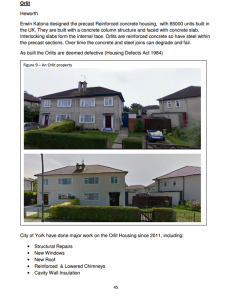
Orlit houses may face demolition
One piece of good news is that the Council may in future use “right to buy” receipts to fund “a programme of purchase and repair of individual homes from the open market if no use has been identified (for the receipt) with 6 months to go”.
The Council is right to come up with plans for a regeneration of its housing estates. Too many of them have been subject to decline over several years with officials having ignored the need to provide basic improvements, like car parking spaces, for too long.
There is little pride in some communal areas and some politicians see local open spaces and the stock of 968 garages only as potential building sites.
However, by giving all homes what it calls a sale “opportunity rating” the Council seems to be oblivious to the resulting blight that could affect whole neighbourhoods.
It would be easy to dismiss a report on the future of the 7731 Council houses in York as the work of a Borneo Witch Doctor. It certainly contains a lot of mumbo jumbo.
The proposals need a lot more thought and debate.
What’s on in York: The real story behind Viking Voices
Date: Mon 8 Feb
Time: 6.30pm – 7.30pm
Venue: York Explore Library
Cost: Free
Vincent Atherton describes the history behind his novel Viking Voices, which looks at the relationship between a warrior and his wife and his king in the Viking era.
 It is the 10th century. Amleth is a warrior serving the Hiberno-Norse king Ragnald. He and his wife Aud are violently thrown out of Dublin, along with the rest of their group The Irish tribes they are enslaving revolt against them.
It is the 10th century. Amleth is a warrior serving the Hiberno-Norse king Ragnald. He and his wife Aud are violently thrown out of Dublin, along with the rest of their group The Irish tribes they are enslaving revolt against them.
The king swears to return and regain their city, after wandering the Irish Sea and encountering enemies in Anglesey, the Isle of Man and Scotland.
Amidst their adventures they fight battles and gather treasure, forming alliances and even making friends along the way.
Amleth becomes indispensible to the aggressive and brutal Ragnald, his cunning and his blacksmith skills enabling him to produce his own glittering sword.
Eventually they all get rich and live happily ever after, except for those that die…..
Viking Voices is a historic novel that explains how the Cuerdale Hoard, the largest treasure ever found in Western Europe, came to be buried in the bank of the Ribble.
Vincent Atherton also looks at the relationship between a warrior and his wife against the turbulent background of friction between England and Ireland in the 10th century. With fictional characters who experience true historical events, this is an insightful and enjoyable read for any fans of historical fiction, particularly the Viking era.
This event is aimed at those aged 16+
Tickets can be booked In person at any library, or phone 01904 552828 or visit www.eventbrite.co.uk.

